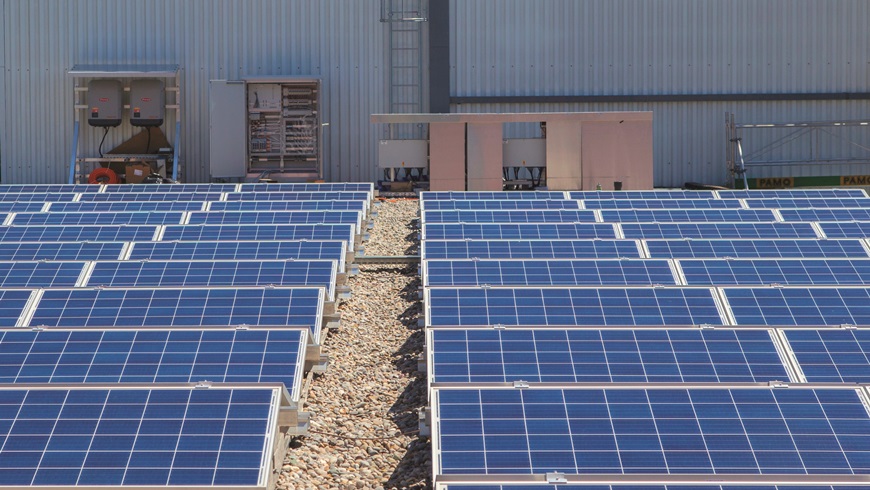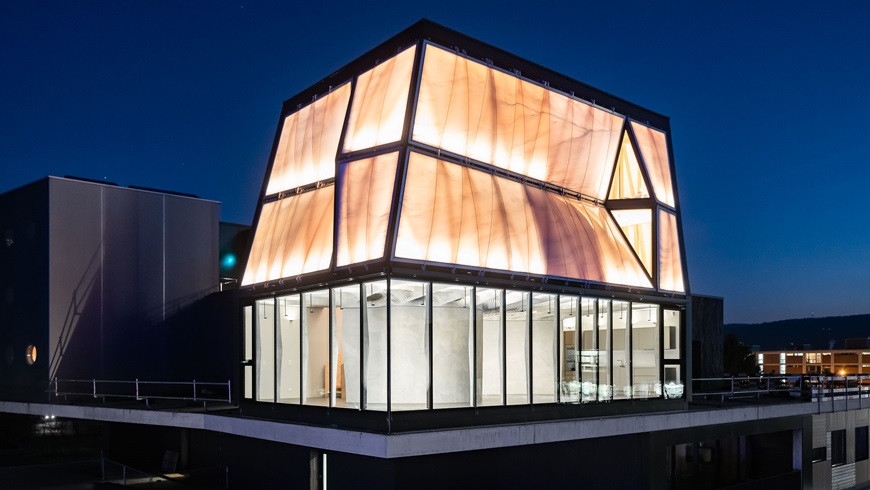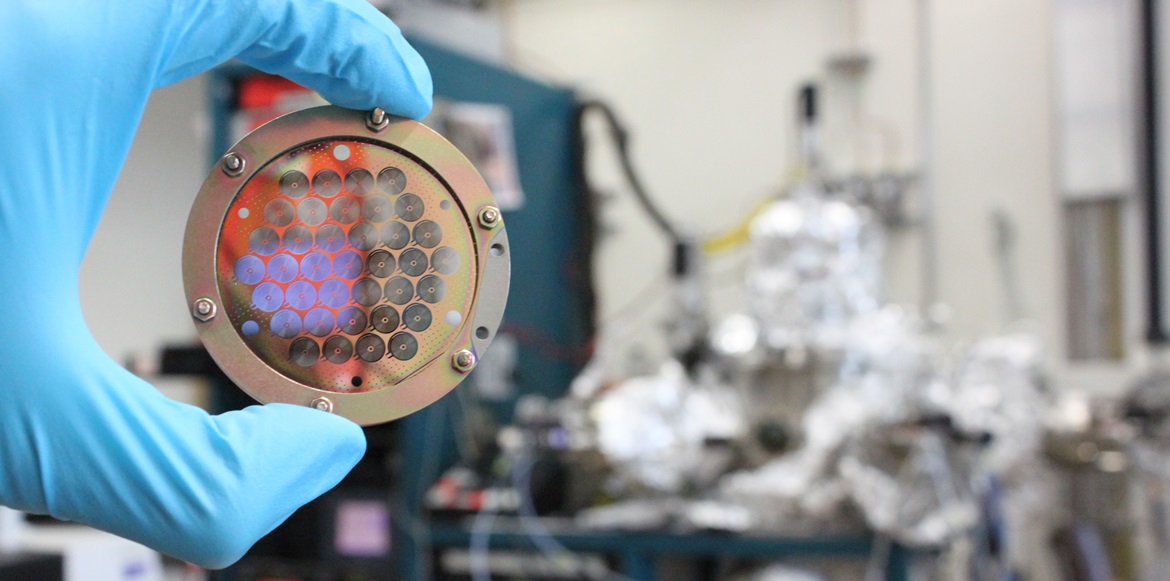
Never miss an issue
Subscribe to our magazine
In Brief

3D-printed implants
3D printing is finding its way into industrial manufacturing. This technology and the increasing digitalization of design and manufacturing processes - keyword "Industry 4.0" - will also play a central role in medical technology in the future. A new technology transfer center in the canton of Solothurn will help to transfer know-how from science to industry - and at the same time accelerate research. More.

How safe is graphene?
Graphene is considered one of the most interesting and versatile materials of our time. The application possibilities inspire both research and industry. But are products containing graphene also safe for humans and the environment? A comprehensive review, developed as part of the European graphene flagship project with the participation of Empa researchers, investigated this question. It turns out that further research is needed to predict the relationship between the fraphene structure and its activity. More.

Non-toxic flame retardant
Together with BRUAG Fire Protection AG, Empa specialists have developed a new flame etardant for wood and wood-based materials. The colorless additive, which can be easily mixed with coatings and cellulose materials, opens up new applications for wood processing companies. More.

Digital twin for personalized therapies
Send your avatar to the doctor
Virtual doppelgangers could one day revolutionize medicine: Empa researchers are developing a digital twin, which should facilitate the development of personalized therapies. The goal is for these avatars to demonstrate how a pain sufferer or a diabetic needs to be treated individually. In doing so, the digital twin also enables a personalized prognosis for the treatment process. More.

Advantage for consumer and supplier
Win-win for home and grid
Solar systems on the roofs of residential buildings often produce energy precisely when the tenants can’t actually use it. Stationary batteries enable this energy to be utilized in the evening, at night or on a rainy day. A research project at Empa is investigating whether the use of stationary batteries makes economic sense for the consumer while at the same time offering advantages for energy suppliers. More.

Opening of the NEST unit DFAB HOUSE
Building digitally, living digitally
DFAB HOUSE has officially opened today on the NEST building of Empa and Eawag in Dübendorf. It is the world's first inhabited "house" that was not only digitally planned, but also – with the help of robots and 3D printers – built largely digitally. The construction technologies were developed by ETH Zurich researchers in collaboration with industrial partners. More.

Portrait Gustav Nyström
The wood magician
The new head of Empa's Cellulose & Wood Materials lab, Gustav Nyström, has taken everyone by surprise by setting unconventional goals. However, paper batteries and nanocellulose sensors have one main objective: to help solve fundamental, socially relevant questions. More.

Insights
A watch's beating heart

Interview with Gian-Luca Bona
“If we don't seize this opportunity, others surely will”
Empa CEO Gian-Luca Bona on the opportunities and risks of digitalization – and the question as to how a materials research institute needs to gear itself up for this future. More.

Predict the properties of composite materials
How to program materials
Can the properties of composite materials be predicted? Empa scientists have mastered this feat and thus can help achieve research objectives faster. This leads, for instance, to better recycling techniques and electrically conductive synthetic materials for the solar industry. More.

Sustainable heating and cooling technology
Cooling with the sun
Can you cool with waste heat? Sure. A Swiss research project involving Empa, which ended in November, demonstrated this in an impressive way. Now a large-scale EU project is starting: industrial cooling – thanks to the Spanish sun. More.
On the Road
Innovations from Switzerland for Switzerland
Guests from business, politics and science met with researchers from the ETH Domain on the occasion of the World Economic Forum in Davos. Federal Councillor Guy Parmelin welcomed some 60 guests. Researchers from ETH Domain then presented projects from their research. Tanja Zimmermann, member of Empa’s directorate and head of the Functional Materials department, brought along a special violin: Modified wiss sycamore maple, which offers the characteristics of ebony – sustainable and completely legal. In the future, this should not only prevent overexploitation in the tropics, but also increase the value of the renewable Swiss raw material. More.
Empa at Design Shanghai
Design Shanghai is one of Asia’s top design events and takes place every spring. At this year’s exhibition, “New Materials and Applications”, Empa presented its innovations in the field. These included Sonowood, the Swiss alternative to endangered tropical wood; gold-coated fibers and fabrics; optic fiber sensors; and inte ligent textiles. Felix Moser, CEO of Swissnex China, represented Empa as a guest speaker at the event and show-cased the Swiss achievements to the audience.

Empa Zukunftsfonds
Research for tomorrow
Mobility, energy demand, performance into old age, comfortable living space - how can these needs be met if we want to treat the earth with care at the same time? The answer lies in the development of innovative technologies and novel materials. The Empa Zukunftsfonds supports projects that do not (yet) receive funding: forward-looking ideas that can make an important contribution to a sustainable world. More.


